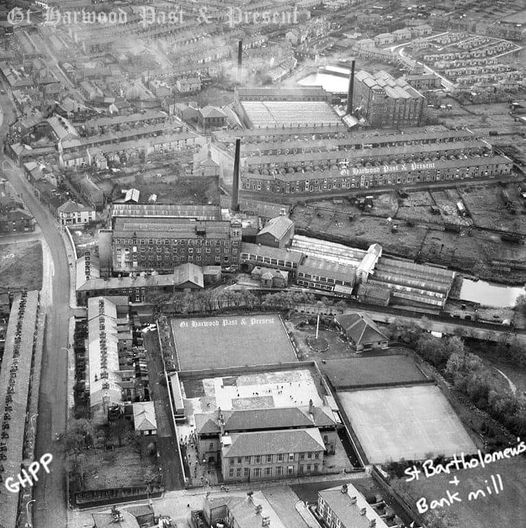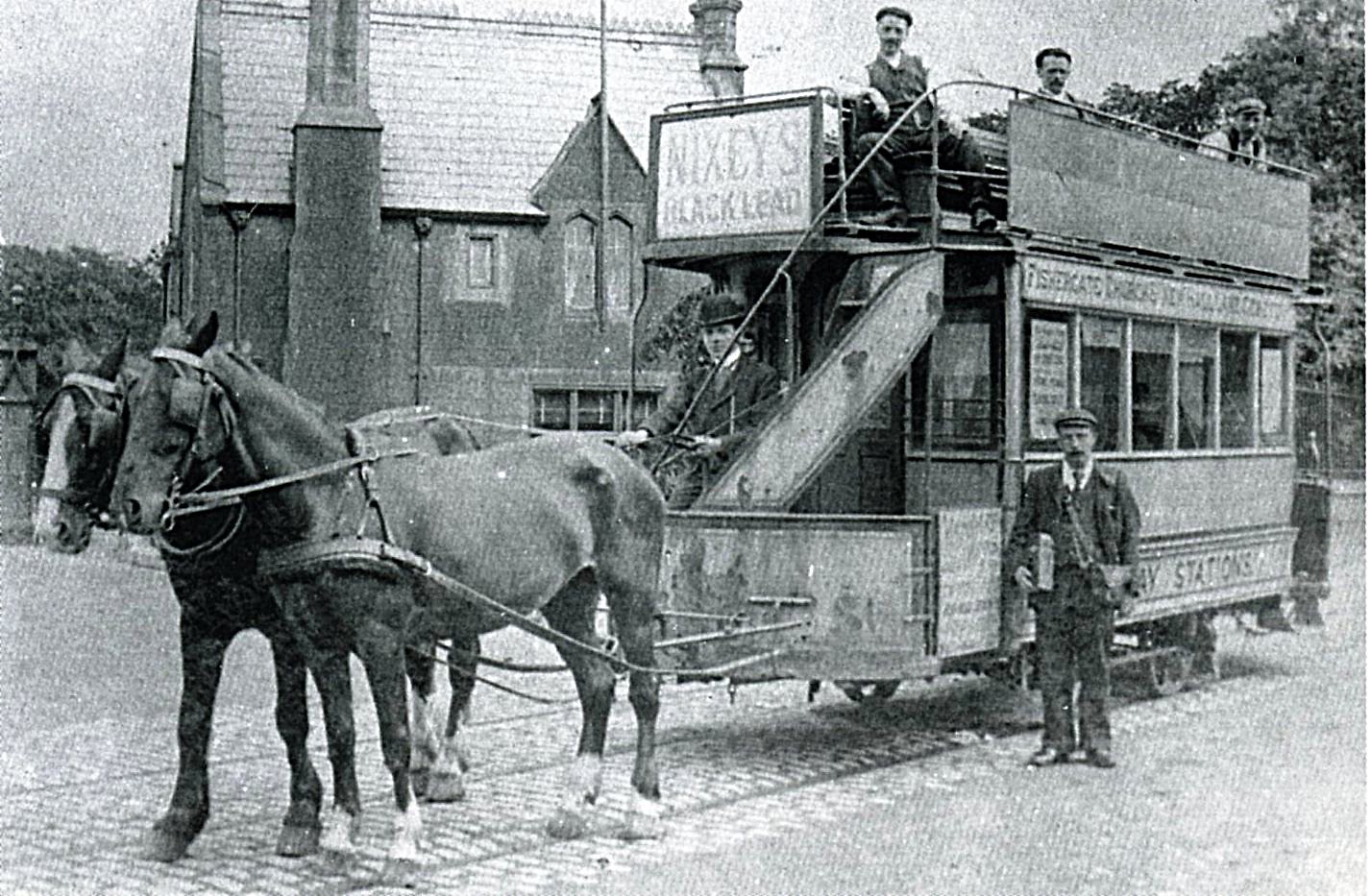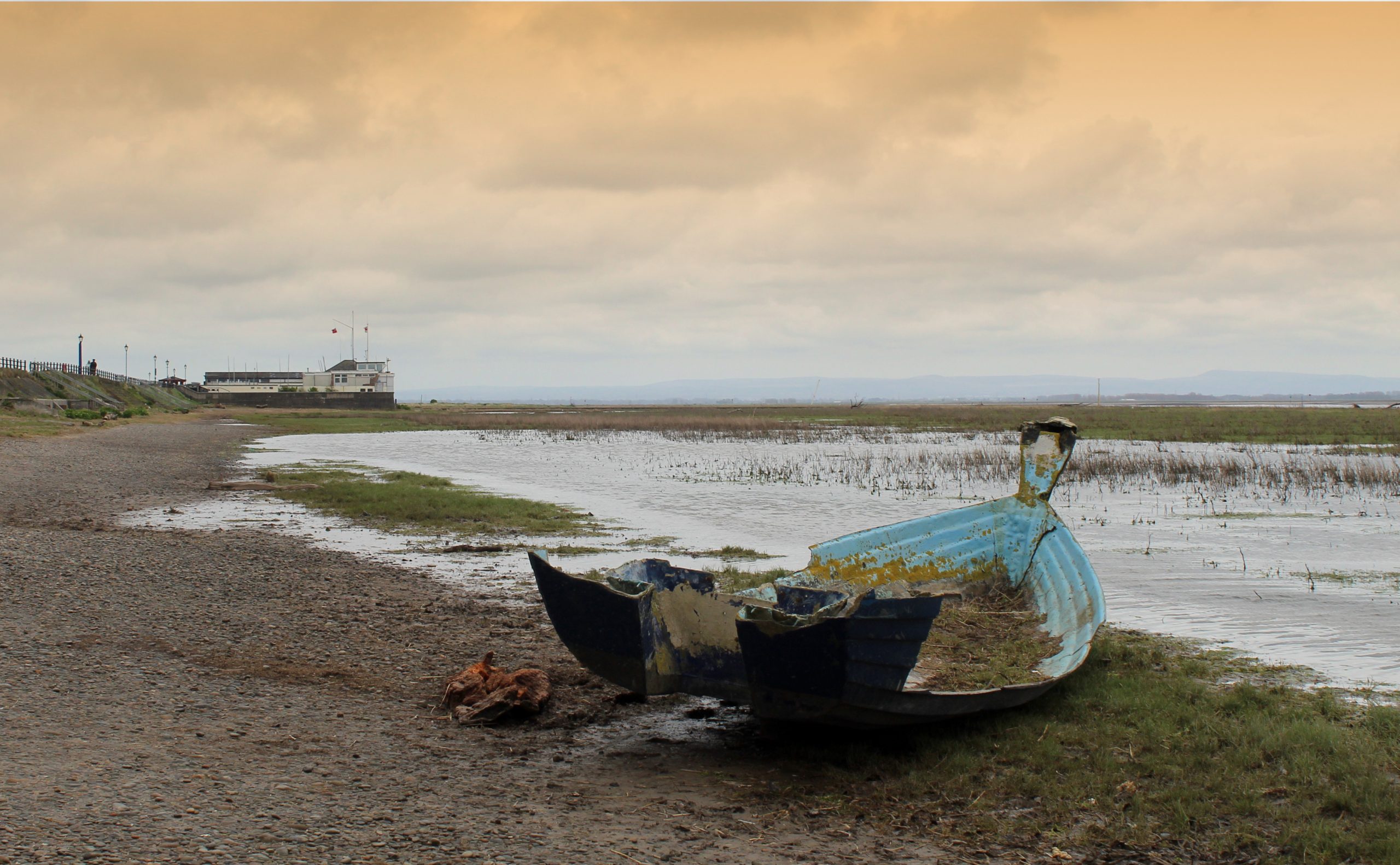Your basket is currently empty!
Life in Medieval Lytham, Prior attacked with club.

Life in Medieval Lytham did not always go peacefully. Much of the land was owned by the local Priory. Notably, other landowners, such as the Butlers, resented the monks power and privilege. Many boundary disputes occurred during the 350 years that the Priory was in existence.
Lidun (Lythan) is mentioned in the Domesday book
After the Norman invasion of 1066, William the Conqueror sent out assessors to every county to find out the taxable value of the Kingdom. Lidun is mentioned as an ancient settlement in the Hundred of Amounderness. A Hundred was an ancient division of land often used for tax purposes. There were five other local hundreds including Blackburn. Notably, In the medieval period and earlier the King often granted lands to religious orders. As a result, in 934 Amounderness was granted to the Archbishop of York By the king of England, Athelstan.
The boundaries of Medieval Lytham

By the late twelfth century the land around Lytham was owned by Richard Fitz Roger. In 1190 Richard donated his land to the Priory of Durham . A charter was drawn up that stated the boundaries of the bequeathed land. The bequest also included a Church. There is no mention of a Church in the Domesday book. However, Reginald of Durham mentions that the grandfather of Richard Fitz Roger had pulled down an ancient wattled Church and built a new one of stone. That was presumably some time between 1086 and 1190.
The Priory

The Priory itself was a Cell of Durham Priory. No contemporary images exist of the priory although it can be surmised from the accounts that it was essentially a large house or farmstead. In fact the original Priory was close to the coast adjoining St Cuthbert’s Church. It was later moved to a location that is now occupied by Lytham Hall. Notably that was sometime after 1469. The plan above shows the new Priory location as well as the Church and a windmill that is further inland than the current building. North is to the right on the plan.
Life at Lytham Priory

There were only ever three monks at Lytham Priory, however local staff were employed as assistants and farm hands. The monks provided religious services to the community. This included marriages and funerals as well as masses provided at St Cuthbert’s Church. The head monk was known as the Prior with the second monk as his assistant. Meanwhile, the third monk took care of the aforementioned marriages and funerals.
Lytham Library

Interestingly, at a time when books were rare and handwritten, Lytham Priory had a library. This was kept under lock and key in the Priory’s Exchequer room. Notably, the mother house, Durham Priory, had one of the best libraries in the North of England. Medeival books were often lavishly illustrated with hand created artwork. The monks lived in comparative luxury with ornate beds in the monks dormitory where the vestments were also kept .
Friction with other landowners

Life in medieval Lytham was still largely agricultural in nature. Most people worked on the land and as a result various disputes arose over the Western boundaries of the Priory’s lands. Here they bordered the Manor of Layton, owned by the Butler family. The area around the Hamlet of Cross Slack, shown on the 1830 map above, was particularly contested.
In 1428 sir John Butler threated to dowse the Prior in the sea, as a result the Prior fled from the area. Additionally, Butlers’s servant the Miller, William of Hold, attacked the Prior with a large club at Lytham mill and then made more threats before leaving the building. Mills were another source of friction as the tenants from Layton had to use the Priory’s mill to grind their corn, for a fee. This was often resented.




Leave a Reply